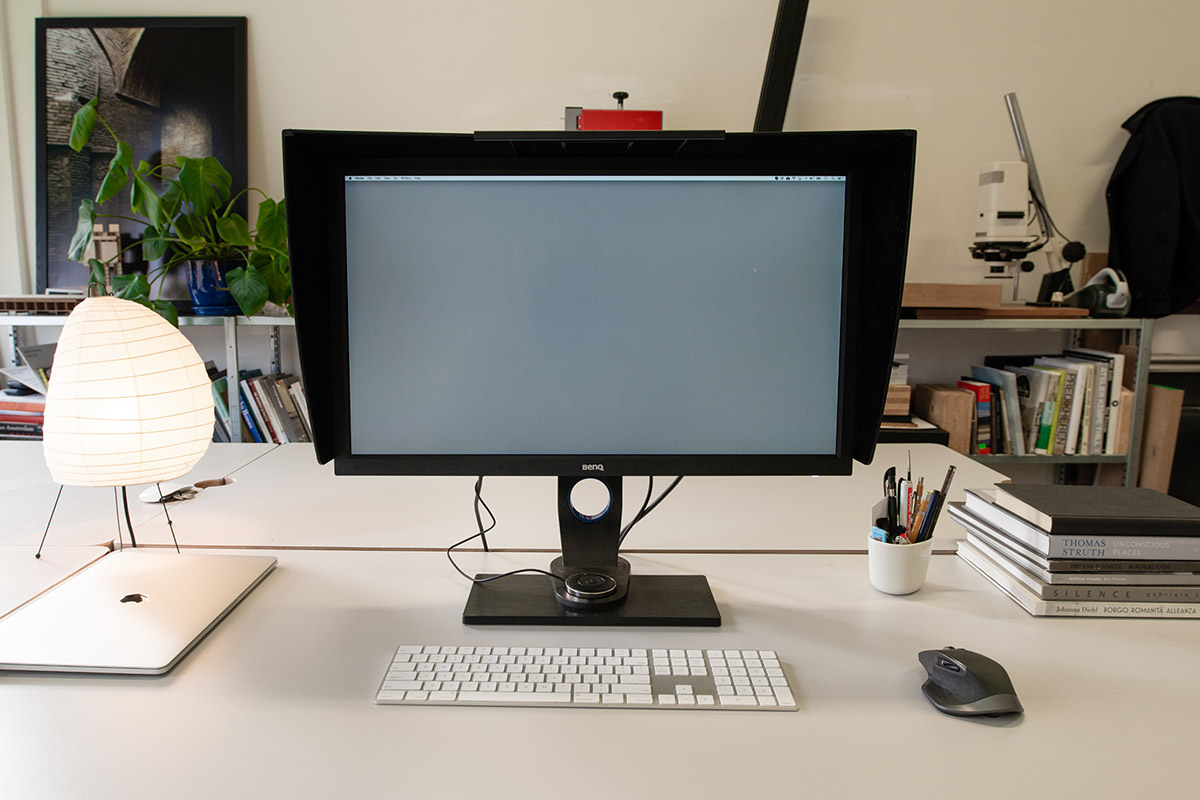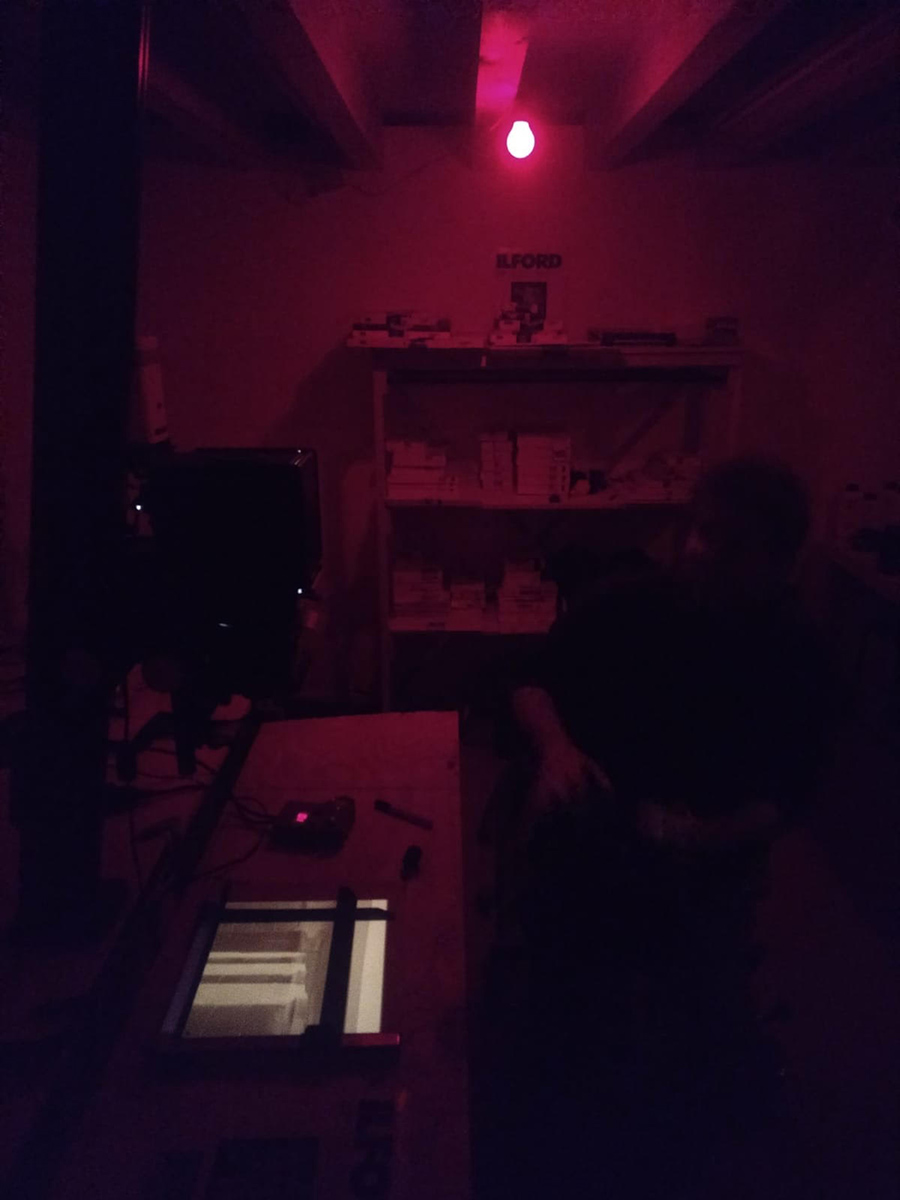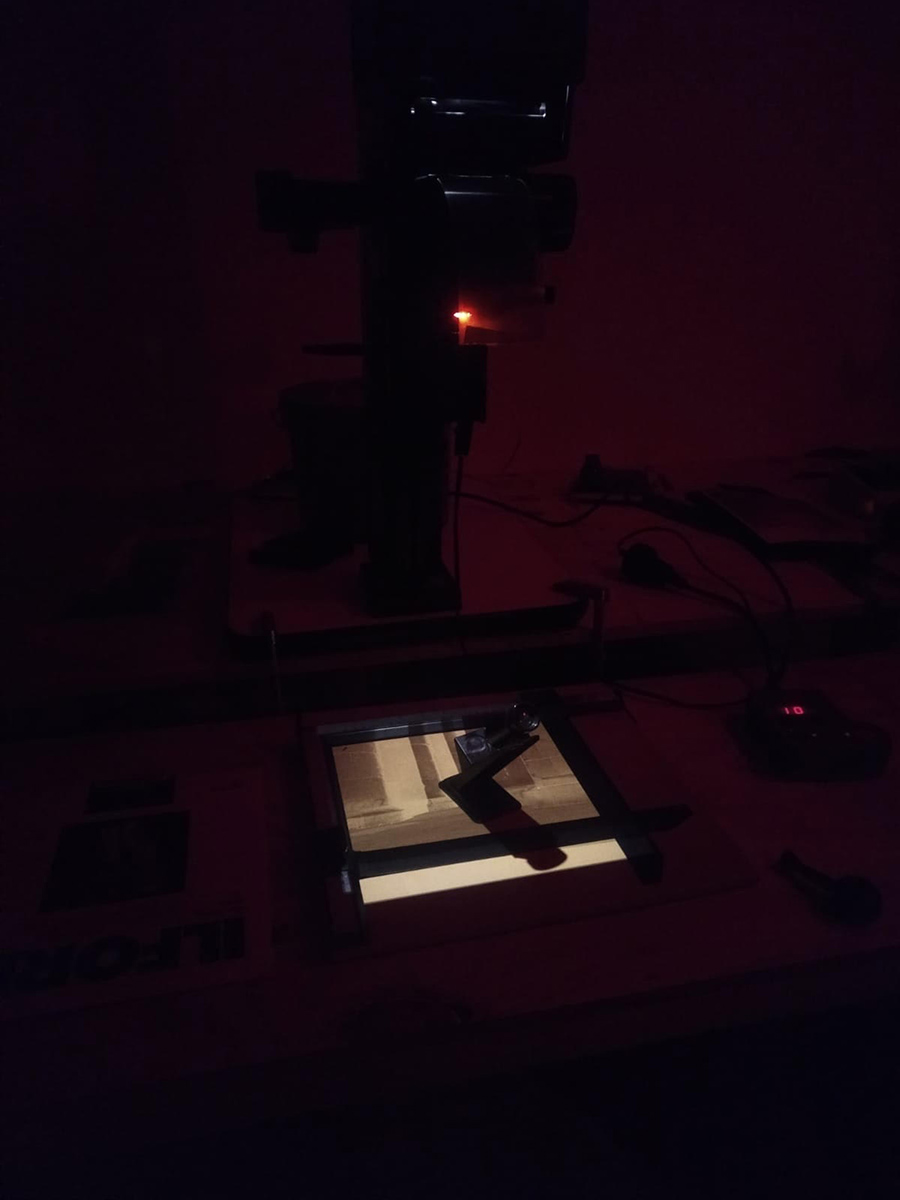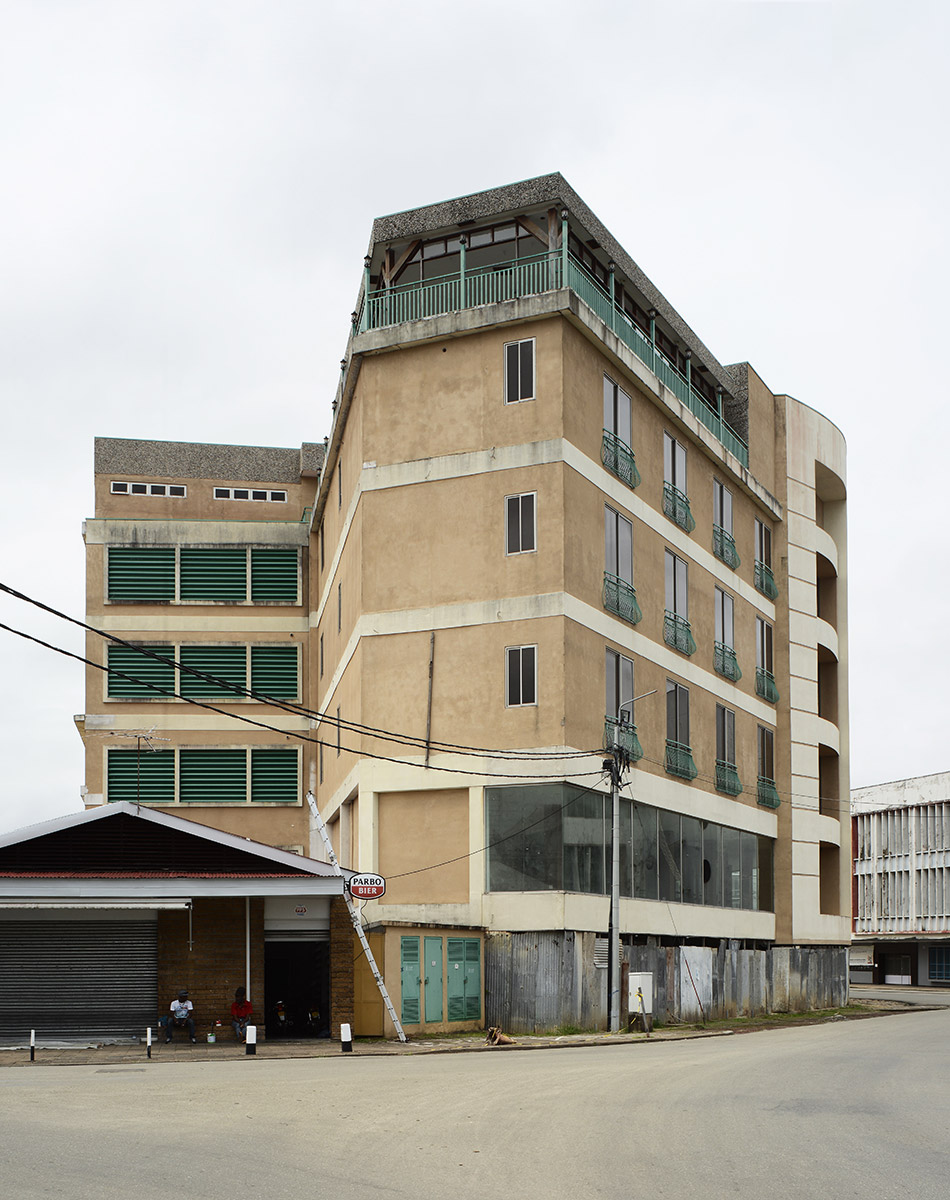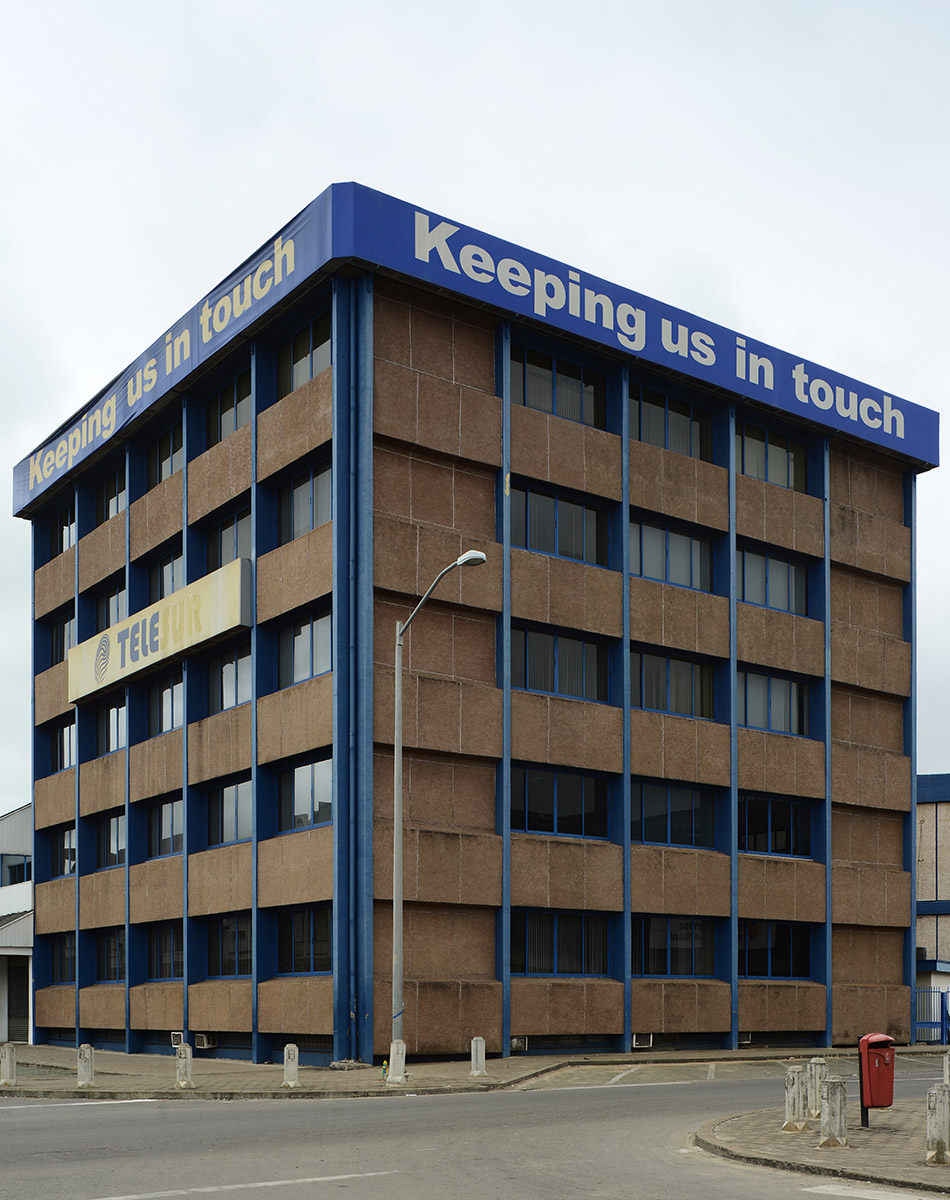20/027
MWA Hart Nibbrig
Photographer
Amsterdam
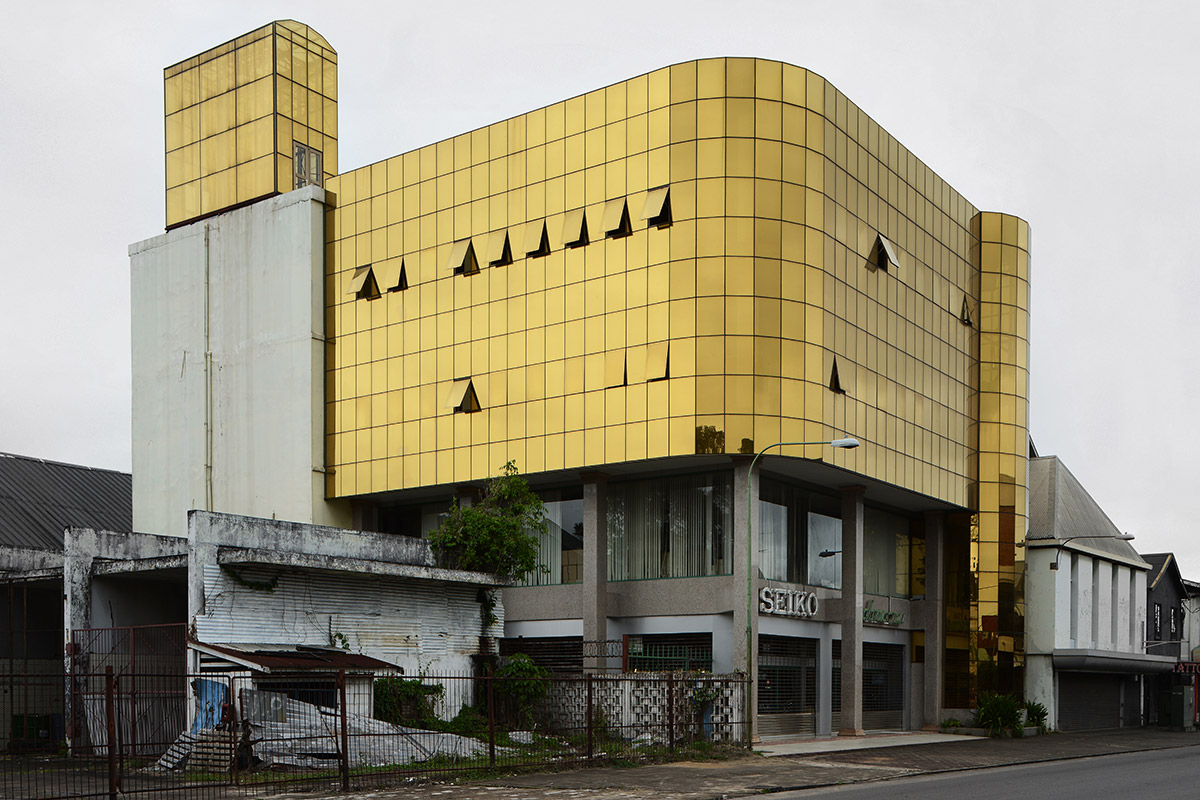
«Architecture is a slow, long and thoughtful process with many hurdles.»
«Architecture is a slow, long and thoughtful process with many hurdles.»
«Architecture is a slow, long and thoughtful process with many hurdles.»
«Architecture is a slow, long and thoughtful process with many hurdles.»
«Architecture is a slow, long and thoughtful process with many hurdles.»
Please, introduce yourself…
Hi, Im Max Hart Nibbrig and I am a photographer. In my work as photographer I’m fascinated by the atmosphere of a place. For me that place can be anything, a building, an interior, landscape, a street, or construction site. It fascinates me that atmospheres are not a fixed entity in these subjects. Atmospheres of places can change depending on time of day, light, weather and people.
Only by spending a sufficient amount of time somewhere, one can experience these places truly. Therefore I try to spend as much time as I can at the location of a photoshoot. Sometimes it is good to go back a couple of times, depending on the location. Photographing a landscape is completely different than photographing an interior and an office space cannot be compared to an urban setting. Different rules apply, thus making every photoshoot potentially interesting. Finding out which rules apply takes time but is a very fulfilling process. There is a trap though, especially with digital photography, to blast off your camera and shoot as much as you can to then later sort everything in the computer. This is not my approach. I like to visit a location beforehand without camera just to let the place sink in. I can be perfectly happy with spending two days observing to end up with one image, especially in my autonomous work. I stick to this approach as much as I can also in my commissioned work.
In my autonomous work I write small narratives alongside my photos. In these narratives history, context and sometimes sociopolitical topics are combined. On the one hand the texts explain the series, on the other hand they help me to clarify the project. The text suits the work, therefor varying from explanatory to poetic. Equatorial (2019) for example is written in a direct manner, deliberately done to underline the black pages in history. The series in itself is about the architectural consequence in the post-colonial Surinam. The text and the photos show Surinam through the built environment whilst at the same time questioning the colonial past. Fundament (2017) is more poetic. The same can be said for Stills (2018) which documents the construction sites that I have visited in the last two years.
Besides my autonomous work, I get commissioned by architects to document finished buildings or construction sites. After a photoshoot I favor to go over the images by means of physical prints together with the architect to make a selection. I have a hard time making decisions whilst looking at a monitor. Moreover when you talk to an architect about a project you start understanding what is important to him or her. But this also works the other way around. I believe that this way of working makes it possible to bring the documentation of a project to another level.
Currently I am working on an architectural assignment in Den Helder and Hoofddorp. Besides this I am also following a building construction process in Amsterdam which is almost completed. If all goes well there should be a book by the end of 2020. Alongside these commissions, I am investigating topics for a new series which I plan to finish by the end of the year.
How did you find your way into the field of Architecture and Photography?
I never had a formal education in the field of photography, I am a complete autodidact. It started back in 2011 when I was living in Switzerland. My dad borrowed me his digital camera which I used for a while. At that time I didn’t photograph any architecture, that came much later. Once my friends from architecture school started their own practice, Unknown Architects, I was asked to photograph my first interior. I sold my dad’s camera to buy my first shift lens with an accompanying camera body. From there it slowly grew to what it is now. At first I tried combining my job as an architect with photography on the weekend At a certain point I was working two jobs at the same time and decided to quit architecture to fully focus on photography.
What does your desk/working space look like?
I share my office space with the guys of Unknown Architects. My desk is pretty simple. It has my screen, laptop, my lamp and some of my favorite photography books by Thomas Struth, Helene Schmitz and Johanna Diehl. In the back you see a picture of mine from the series Fundament. On the right side of the screen some more books and one of two of my enlargers for the darkroom. In our previous studio I had a darkroom to develop and print pictures. I like the slow process of developing pictures and I really enjoy making a physical print myself. Also by understanding the analog process I look differently towards digital photography. I am more consciences about what I do. For now I haven’t used the darkroom professionally, I am also not intending to do so. For now developing pictures of my friends, girlfriend or holidays is fine. But who knows what the future will bring! Currently we are working out the plans to rebuild this darkroom in the new studio.
What is the essence of architecture for you personally?
Nowadays a lot of architecture is experienced through the screen of a phone. Everybody has the ability to photograph and post a picture online. If combined with a smart social media strategy one can easily get some quick attention. I am not sure this is a good trend in architecture. It is exactly this endless social media stream or the ‘’scroll-to-explore’’ websites which I oppose. This only satisfies that part in our brain which has become terribly dependent on this instant gratification. I admit; I am also guilty. But I am convinced that in this current day of age, where we have the unprecedented ability to create this much imagery, we should make less. We should put more thought in to the making of a photo. This also suits the character of Architecture. Architecture is a slow, long and thoughtful process with many hurdles. I think that its photography should be addressed in a similar manner.
Project 1
Equatorial
2019
An old colony, first we send the missionaries then the guns. We want your resources. Then we bring the renaissance to you. Please relocate your villages, we need space for a new lake. The Brokopondo dam will take care of your electricity but also power our industry.
We enlighten you.
Once your land is depleted of its resources, we give it back. All your sugarcane is turned in to rum. All your bauxite is now aluminum and your coffee is harvested. There is nothing here for us anymore. Stay or join us in our ancestral land, there will be a bright future for you there.
Those who stay start over, rebuilding their land and cities. Breaking with their colonial past and architecture.
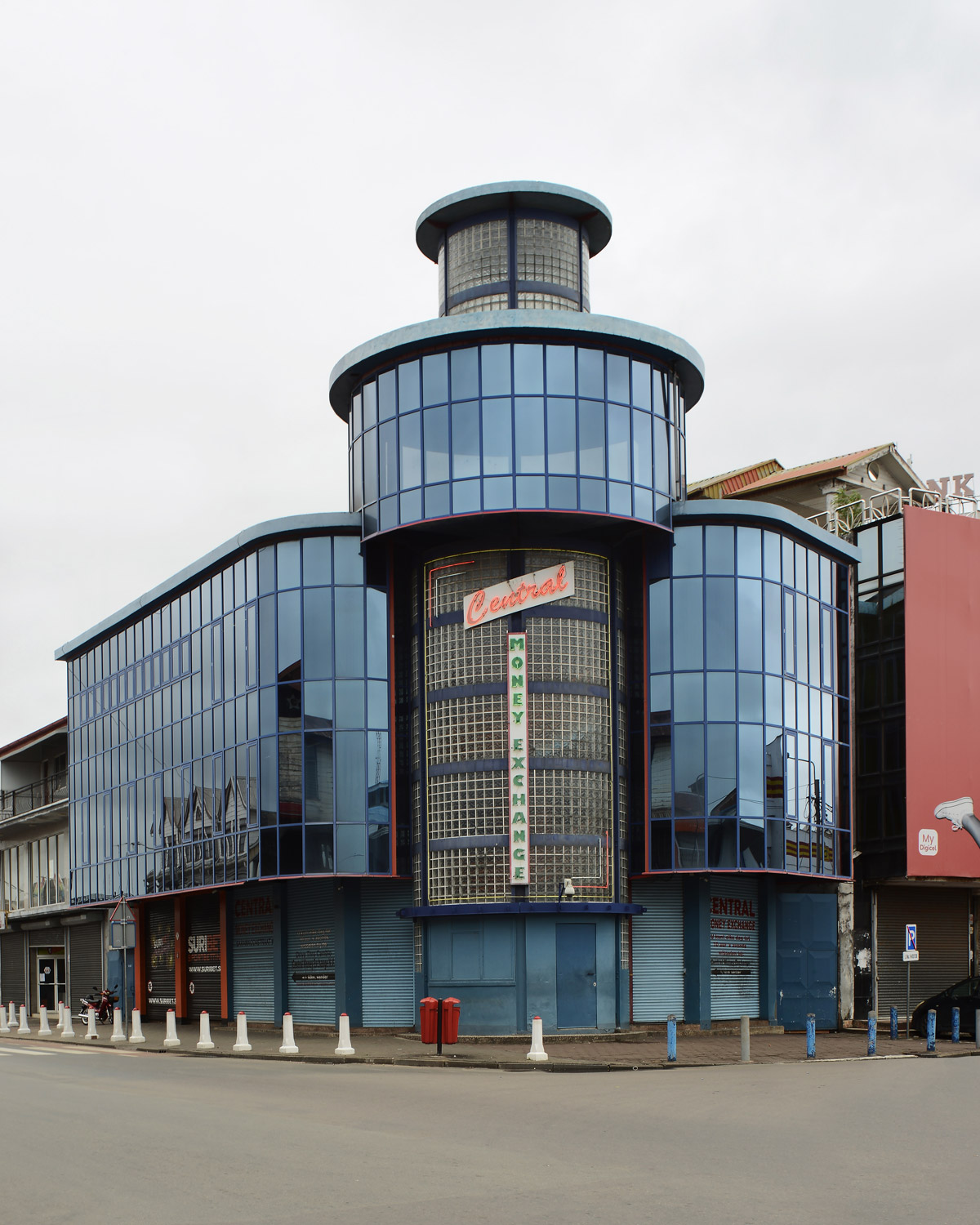
Money Exchange, 2018, Paramaribo, Suriname
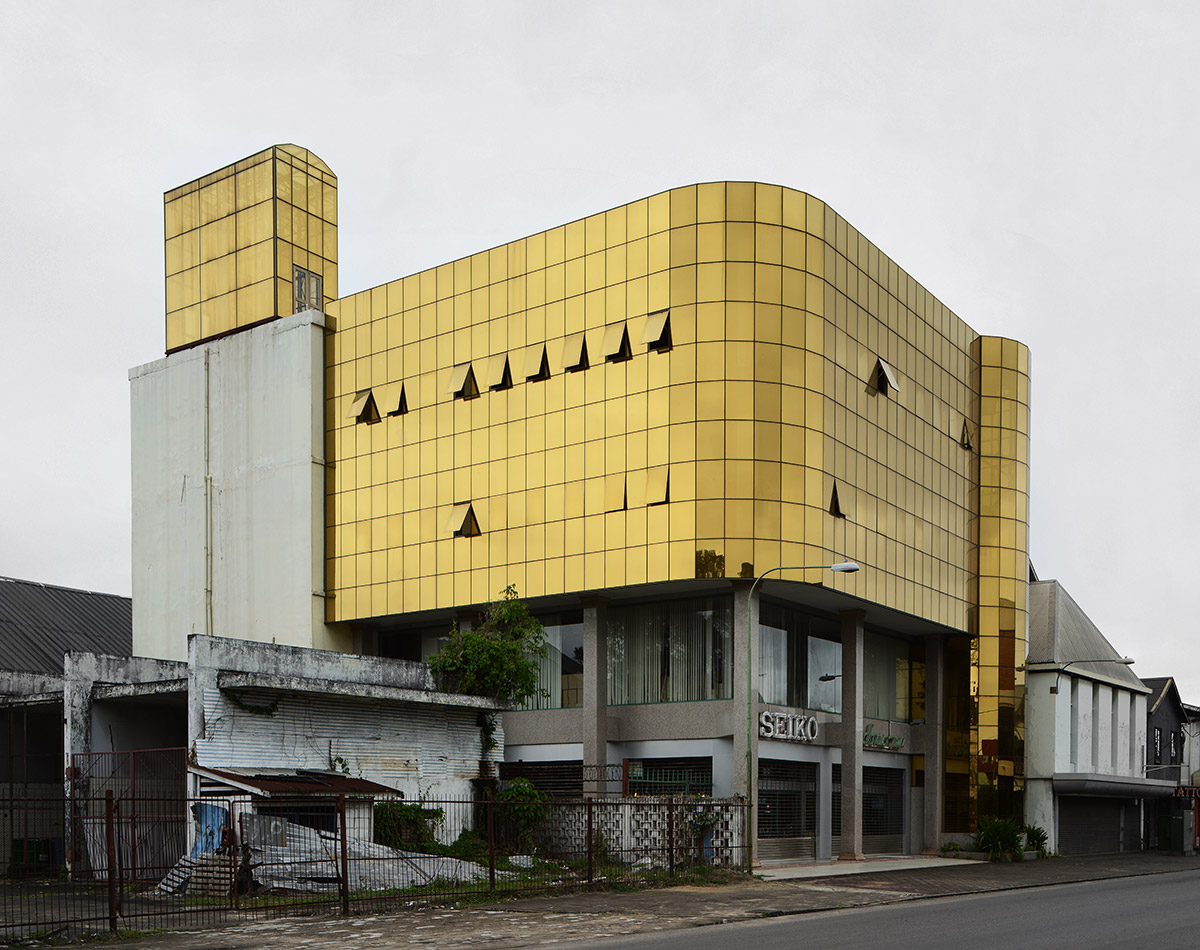
Seiko, 2018, Paramaribo, Suriname
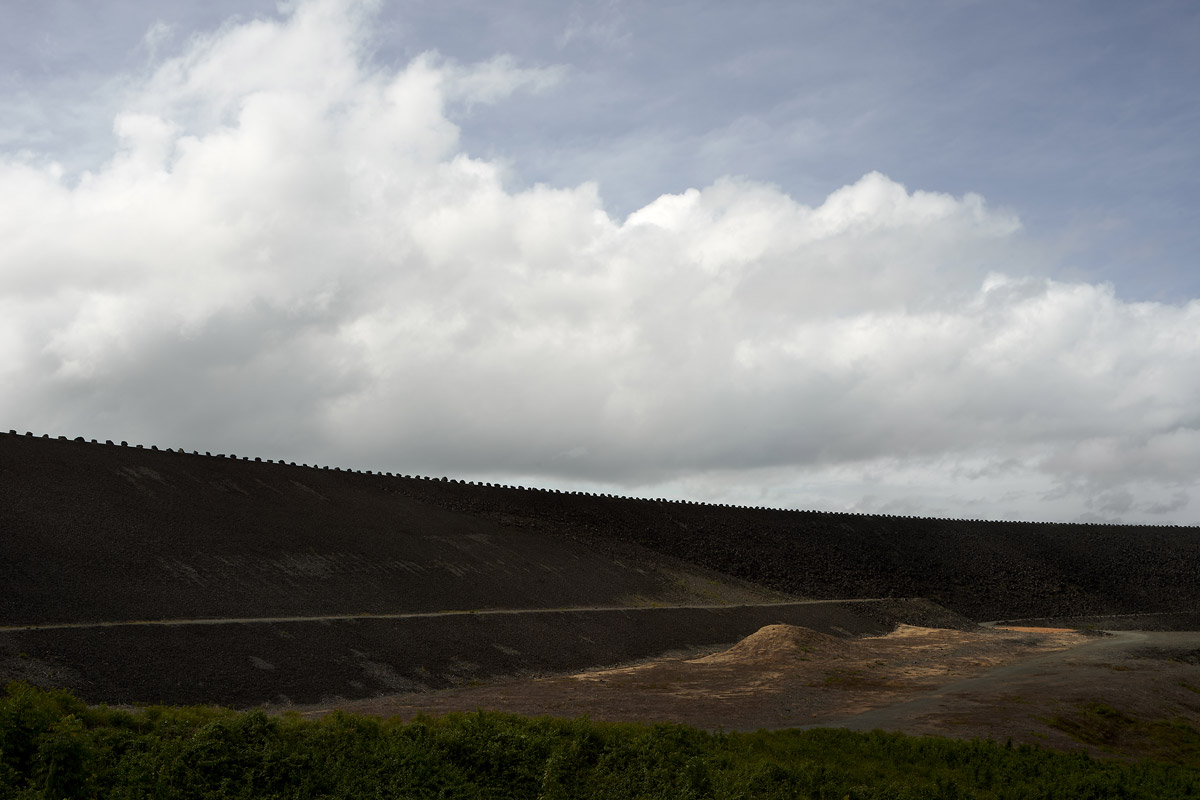
Brokopondo Dam (I), 2019, Afobaka, Suriname
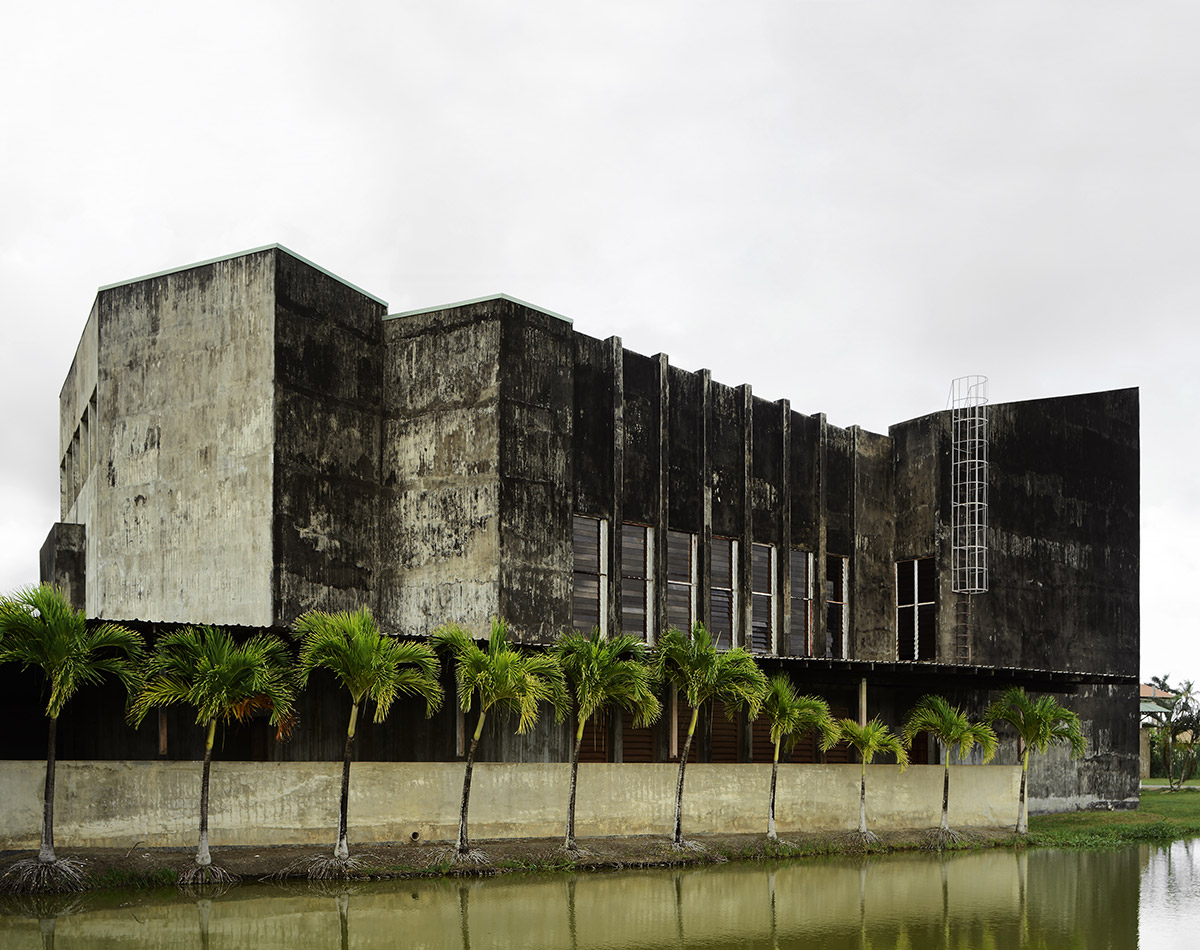
Theatre, 2018, Paramaribo, Suriname
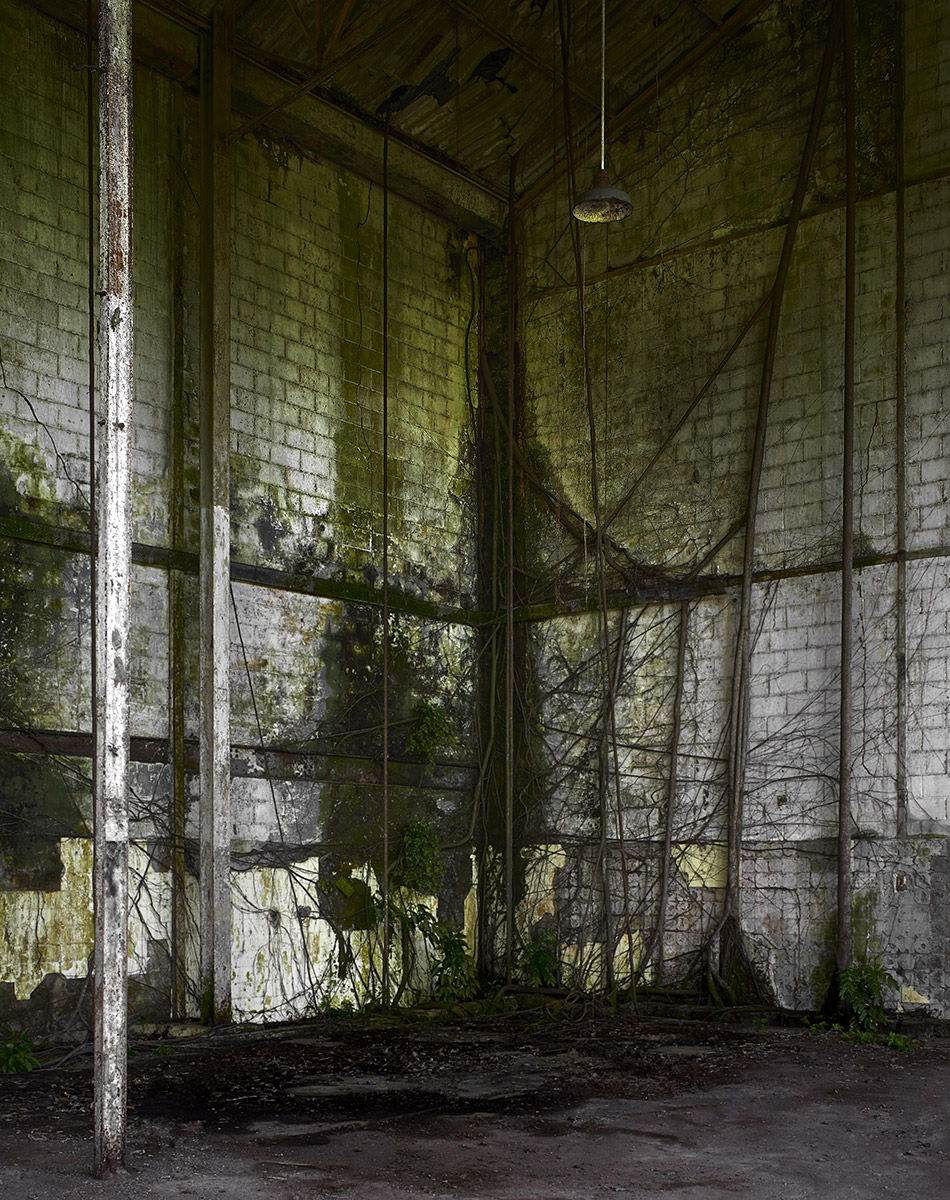
Plantation factory floor, 2019, Mariënburg, Suriname
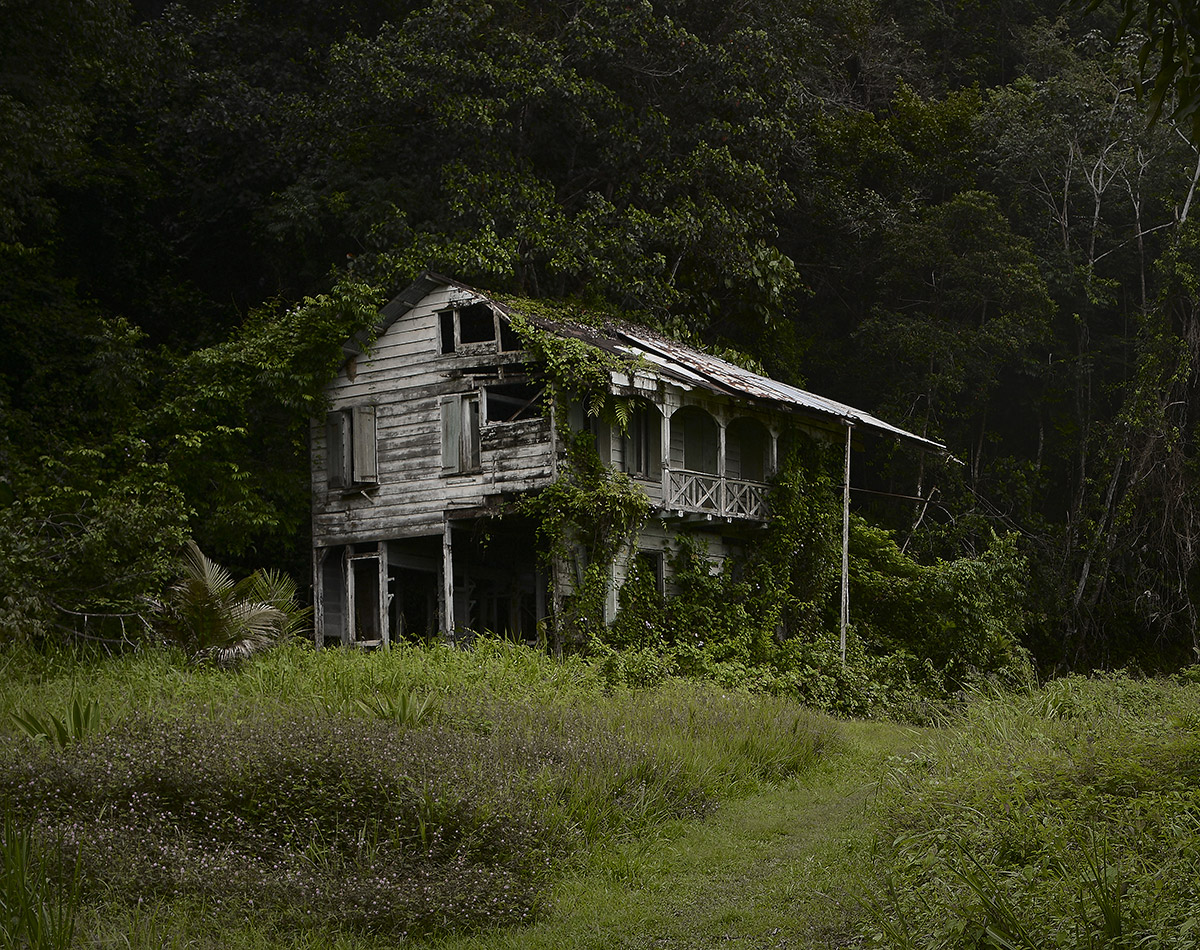
Home of a plantation owner, 2019, Berg en Dal, Suriname
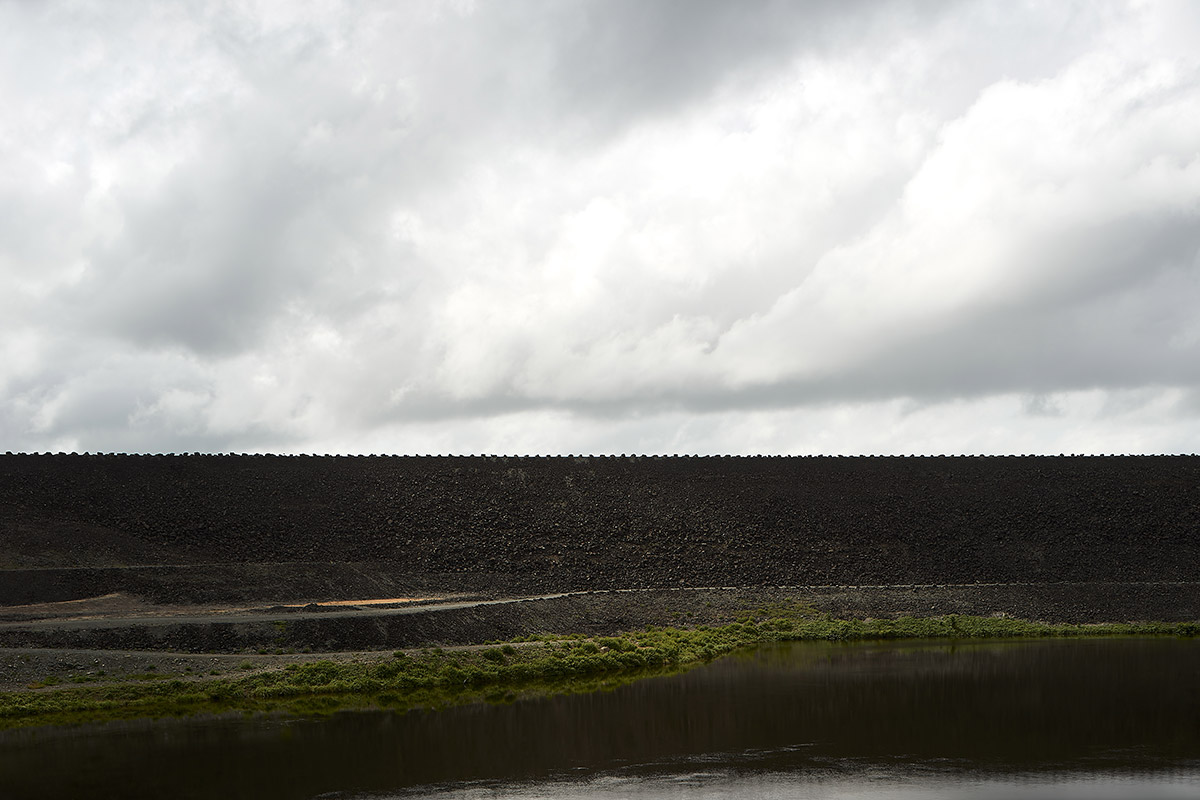
Brokopondo Dam (II), 2019, Afobaka, Suriname
Project 2
Stills
2018
When we build, we rearrange existing materials in a predefined manner. The vibrant life a building during the construction phase is often forgotten. When completed the building loses its life but gets another life in return, the life of its user.
Stills captures the moment in between these two cycles of life.
The still moment of a life ending and the start of a new one. A hotel without its guests, a restaurant without its kitchen, a bistro without its tables or a parking without its cars.
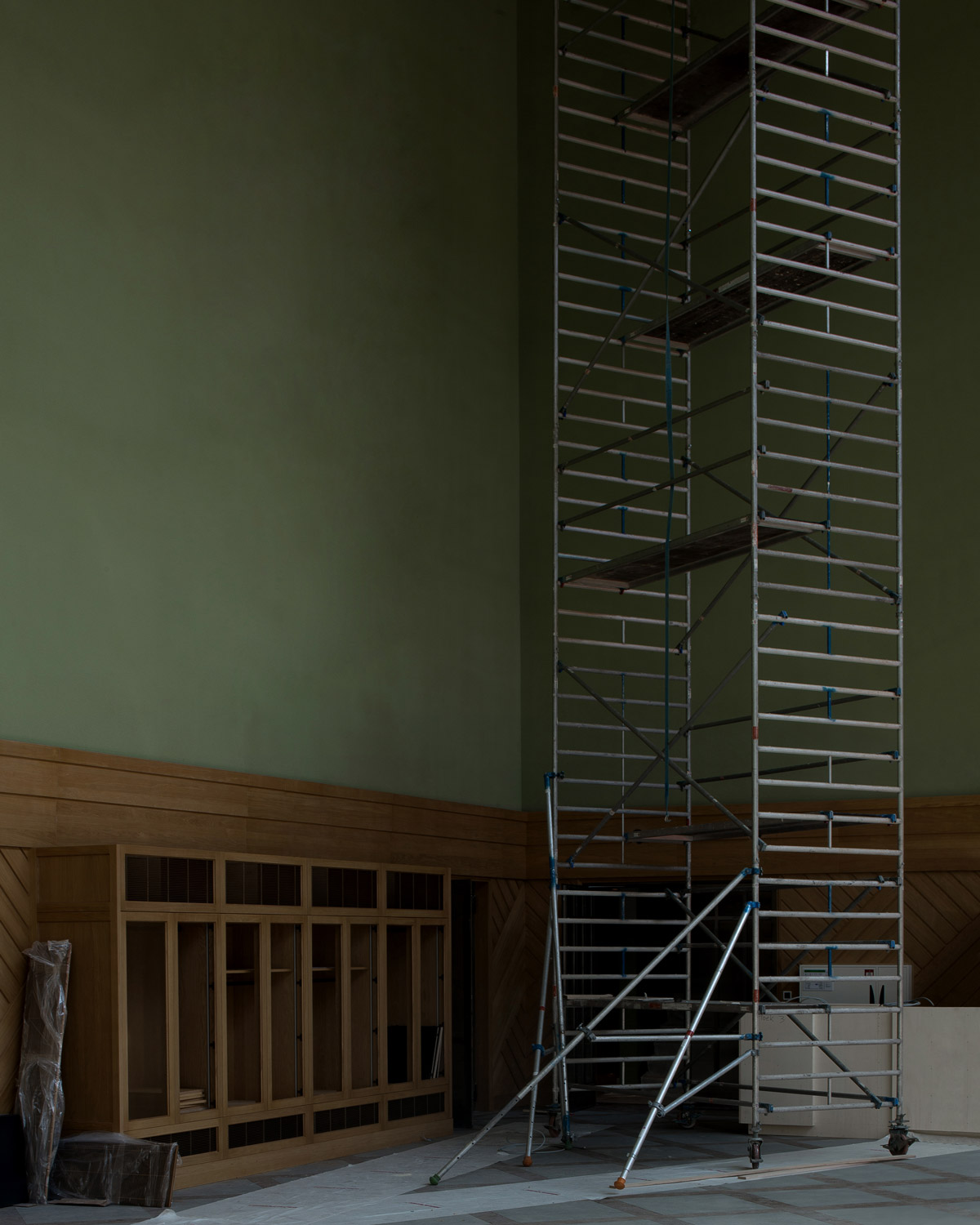
Hotel, 2019, Houthavens, Amsterdam
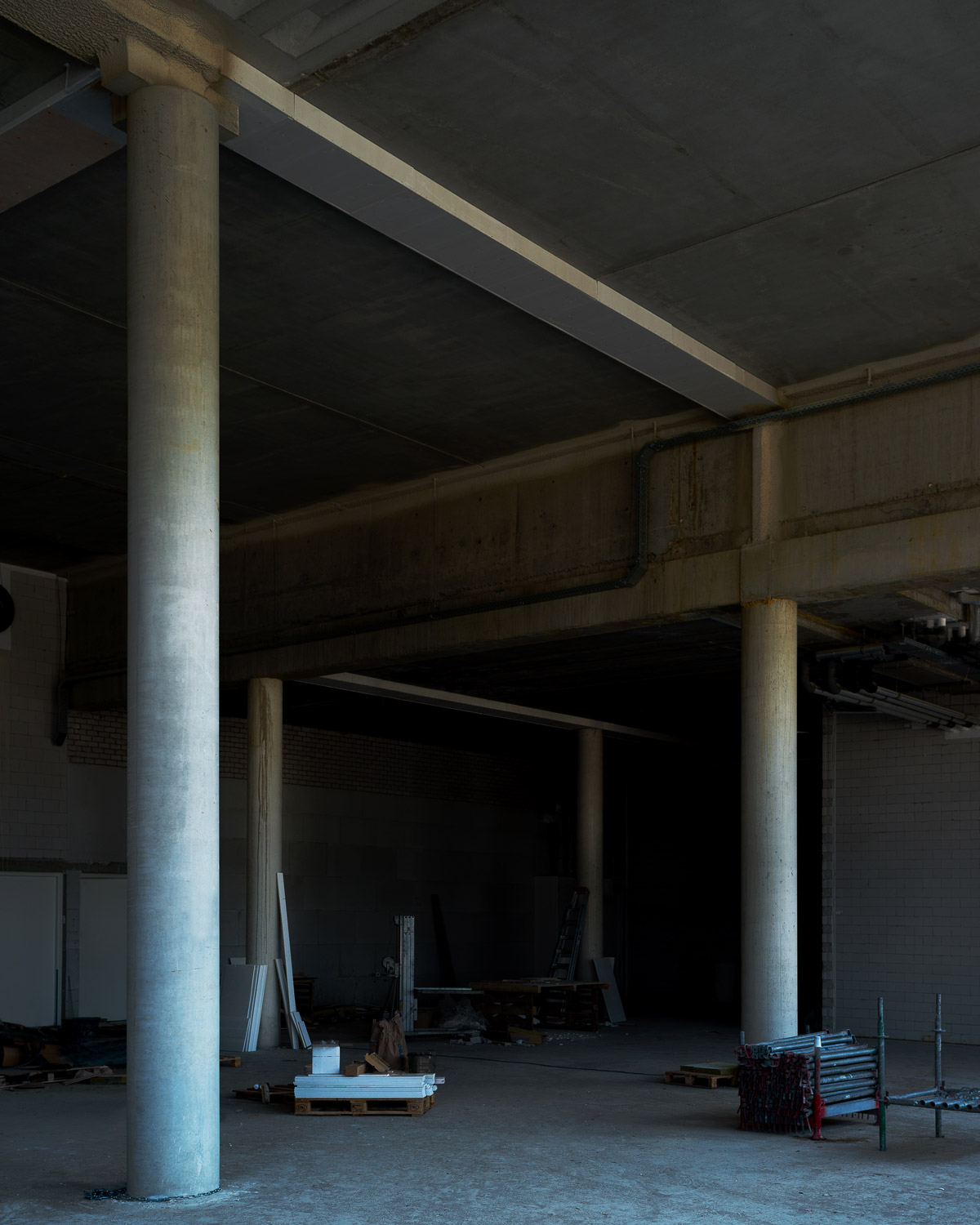
Restaurant, 2019, Leidsche Rijn, Amsterdam
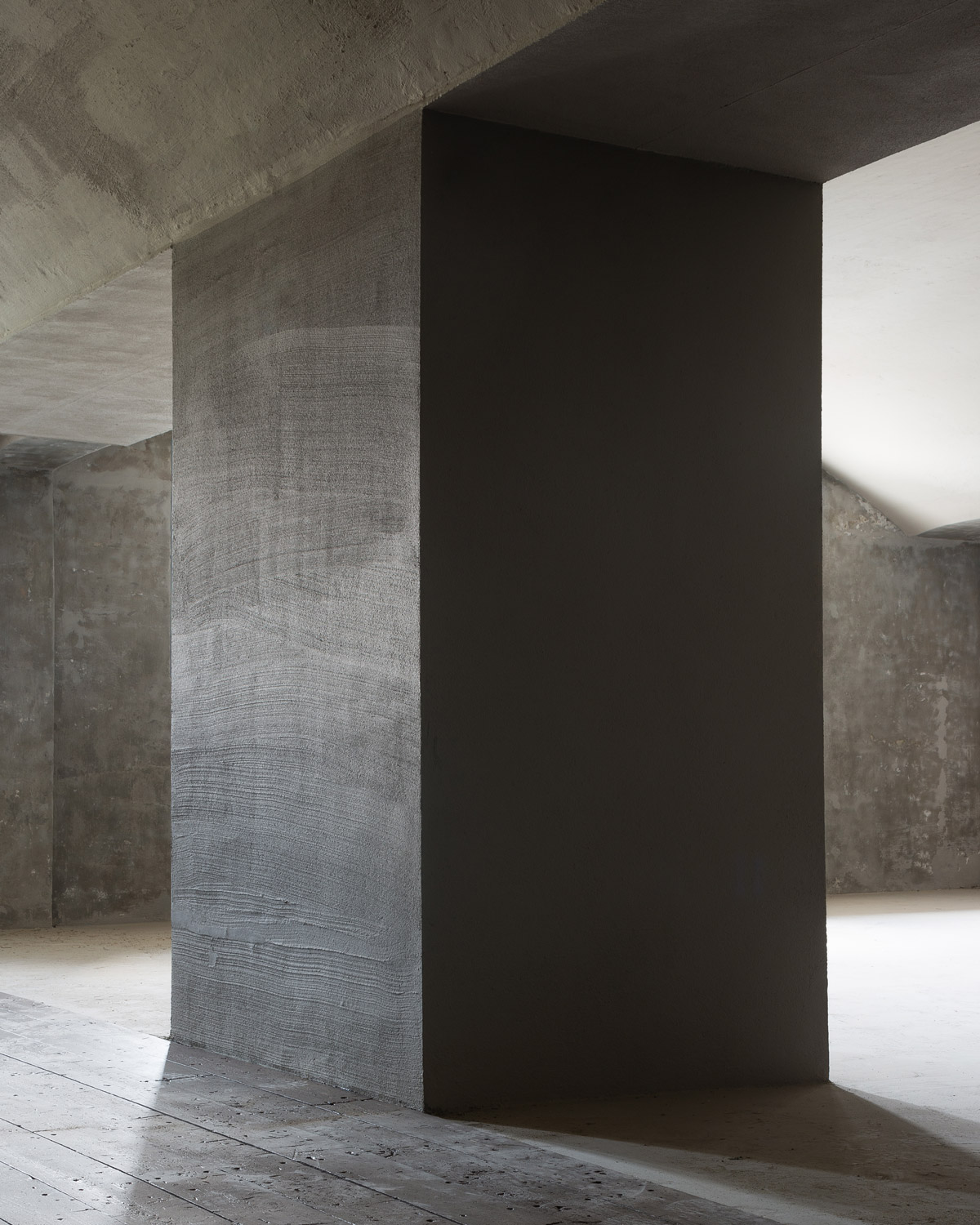
Bistro (I), 2020, Fort, Hoofddorp
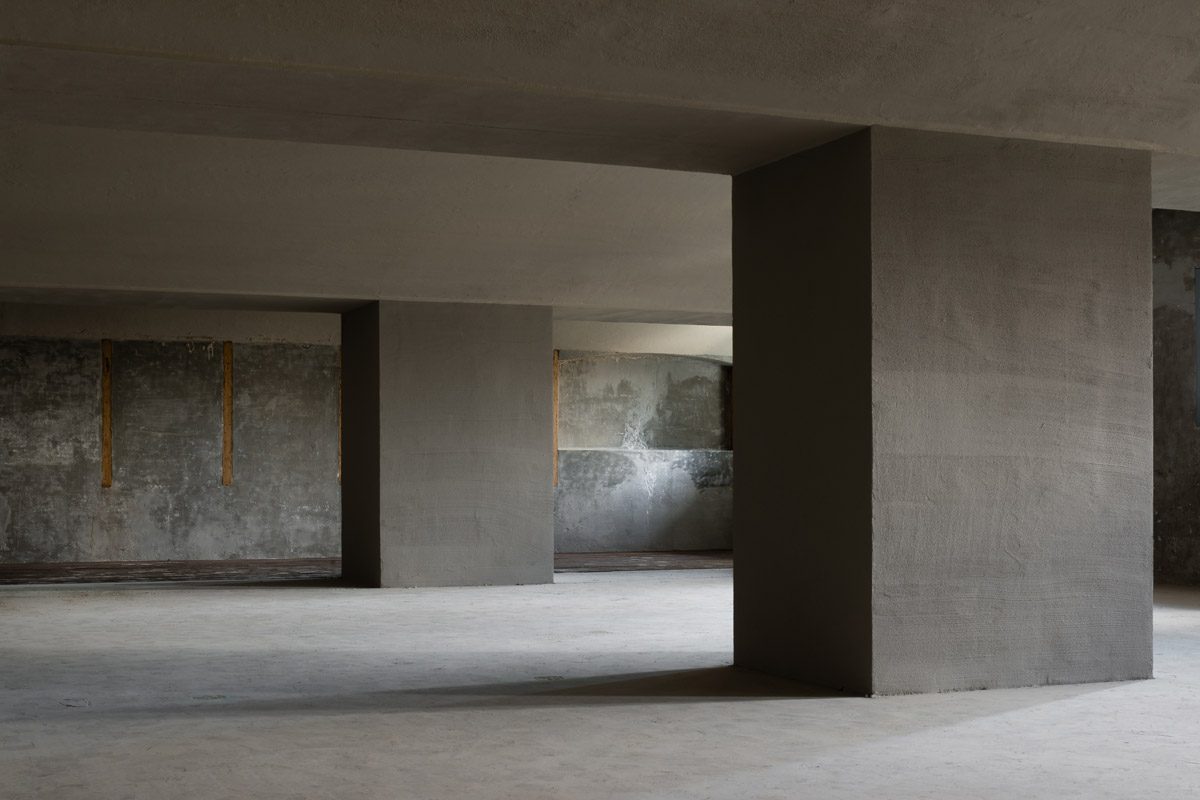
Bistro (II), 2020, Fort, Hoofddorp

Parking (I), 2018, Houthavens, Amsterdam
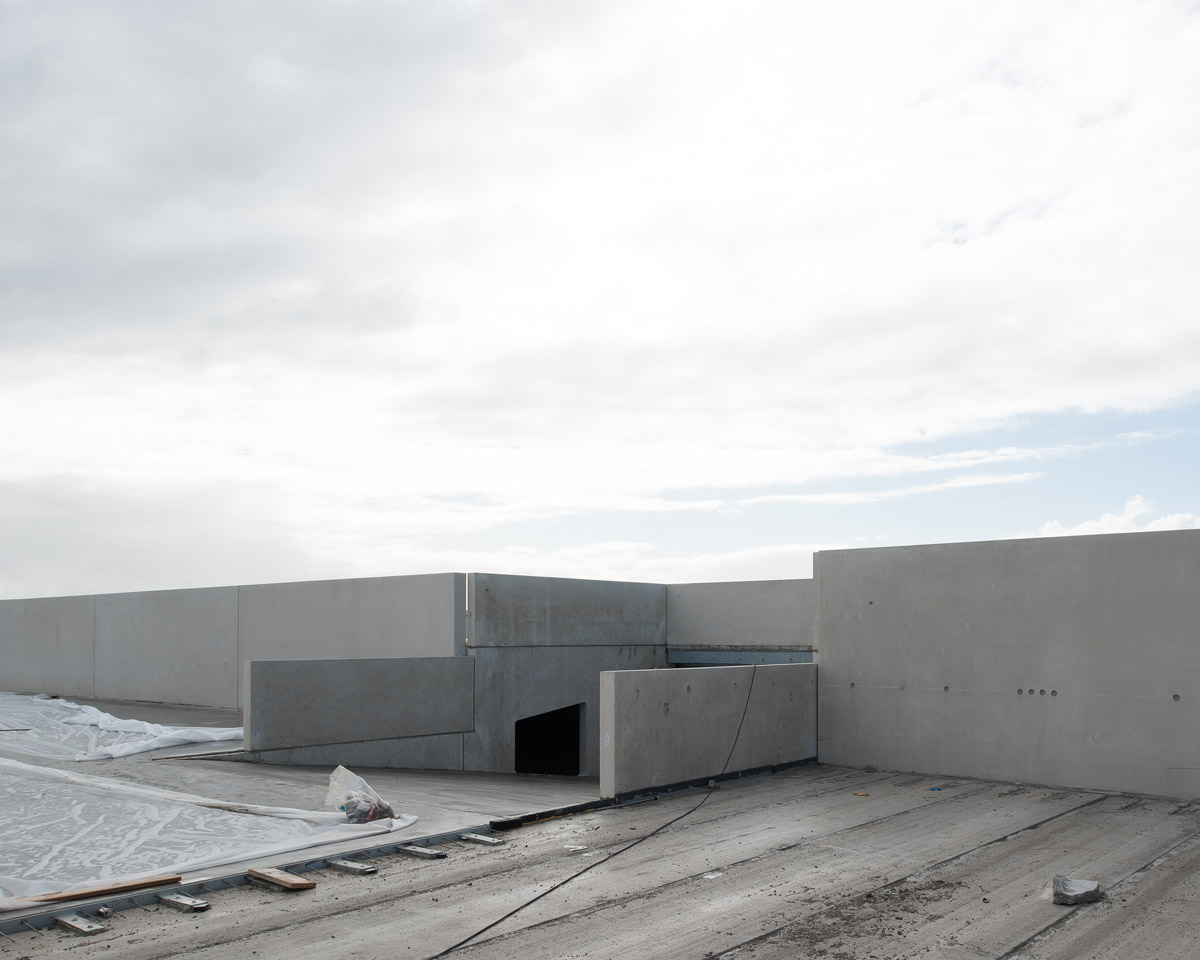
Parking (II), 2018, Houthavens, Amsterdam
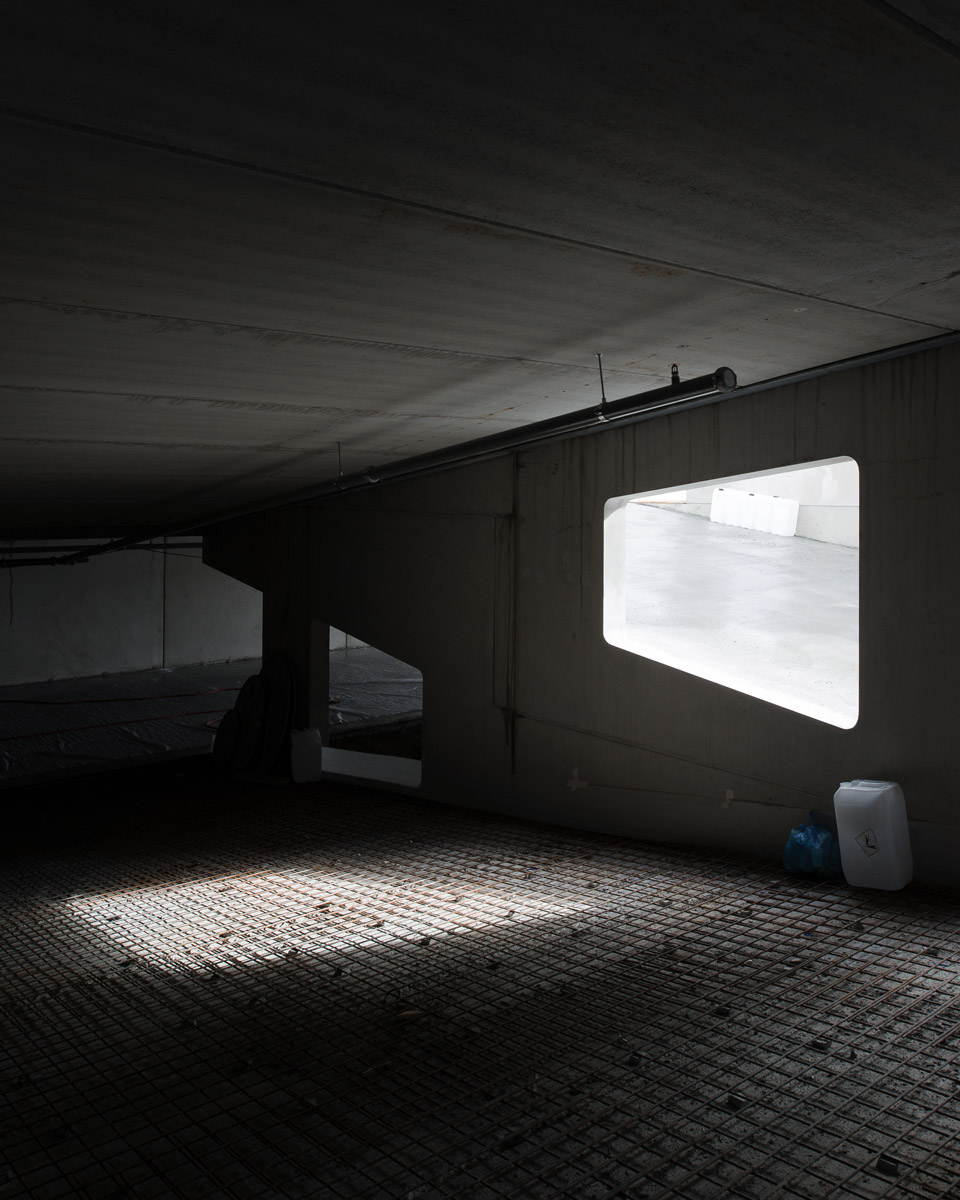
Parking (III), 2018, Houthavens, Amsterdam
Website: //www.mwahartnibbrig.com
Instagram: @mwahartnibbrig
Email: info@mwahartnibbrig.com
Images: © MWA Hart Nibbrig
Interview: kntxtr, kb, 07/2020
